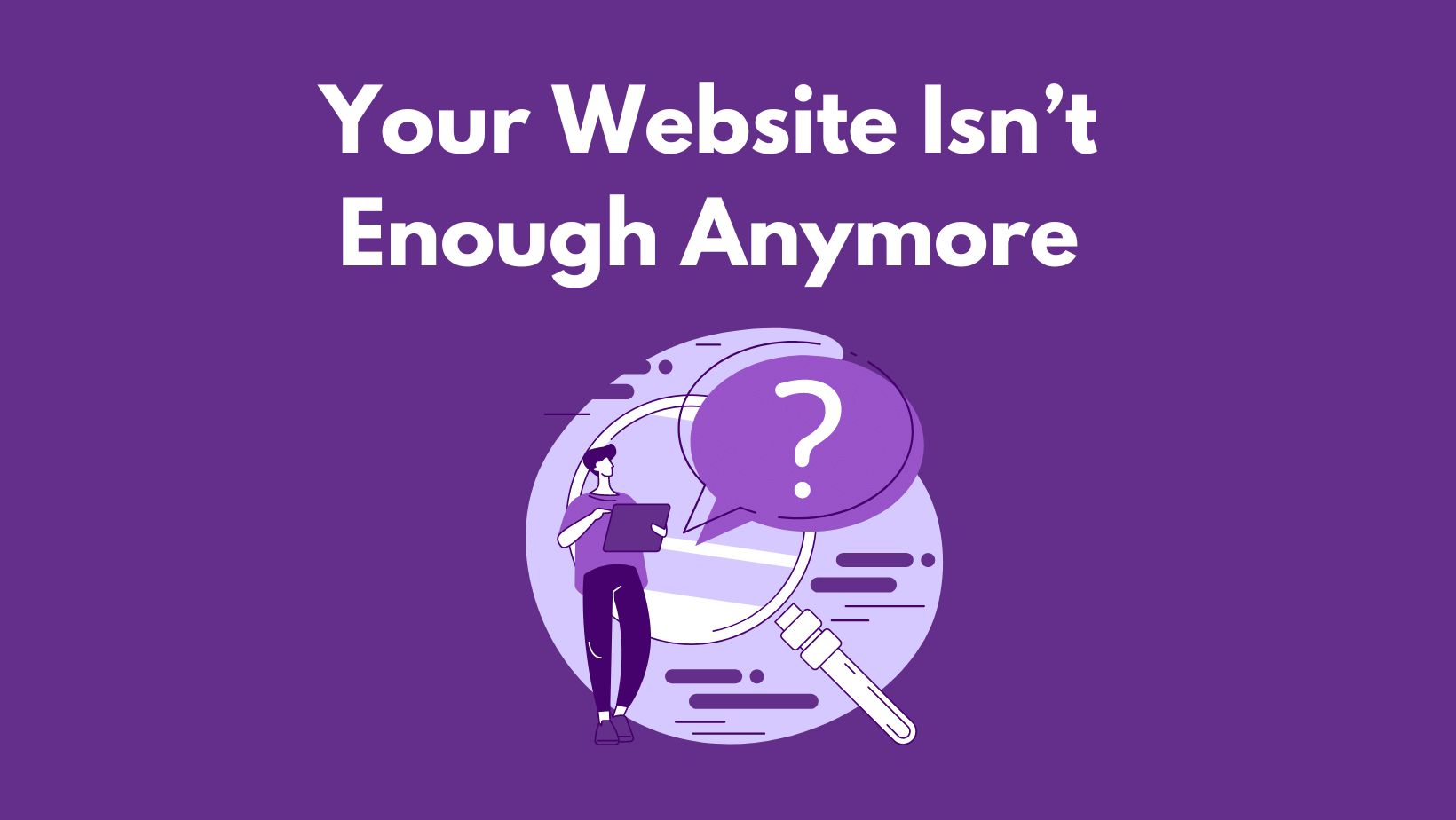3 Steps for a Successful Cloud Migration Process
Nowadays, the success and failure of all businesses rely on technological innovation. Many firms have adapted to technical business, enabling them to grow and expand more technologically. Businesses are confronted with increased needs, requiring them to streamline their IT infrastructure in a more scalable manner.
It is pertinent to note that IT infrastructure consumes huge costs, both on traditional demands and on-premises. It is because businesses need to constantly train the staff, update software, and buy and maintain new hardware. Before cloud computing, firms need to make a huge investment to remain updated with the technological trend. It mainly includes keeping updated with the latest capital and IT infrastructure factors.

The inception of cloud computing has eliminated the above need of remaining updated with the latest technological game. Cloud infrastructure provides the capability of scaling IT-based infrastructure up and down, mostly based on the firm’s current demands.
The best advantage of cloud migration is cost-effectiveness, security measures, and scalability. However, there could be great hurdles concerning the matters of testing, execution, and planning. A survey revealed that only 27% of businesses showed their extreme satisfaction with their entire cloud migration process.
What is Cloud Migration?
Cloud migration is the processing function of shifting business elements, applications, and data from the company’s computers to the cloud. It is generally an online network of shared resources that provide networking, storing, and computing services on a need basis. The firms having on-premises computing are more needed to migrate to cloud services.
Cloud migration drags down under-utilized and outdated resources and subsequently makes the company’s on-premises system flexible and agile. It also rapidly adapts to the market’s needs, making them more workable with on-premises IT infrastructure. In other words, cloud migration provides numerous benefits, such as competitive edge, control, disaster recovery, mobility, scalability, security, and cost reduction.
Cloud Migration Steps:
Plan and Prepare for Migration:
There is a need for better preparation before actual migration to the cloud. The level of preparatory needs depends on different businesses’ factors. However, businesses need to initiate some basic steps to migrate to the cloud.
First, the reasons need to be clear as to why the firm is migrating to the cloud. The cloud provides several advantages, but every firm needs to be aware of the actual and right advantage that it seeks to avail. It is always a better idea to designate a manager for planning and overseeing the overall migration process. Amid a huge migration process, the company has to initiate several technical decisions and planning factors.

It is pertinent to note that the success of every cloud migration project depends on the overseeing management of a specialist. There exist two ways to migrate applications to the cloud, particularly while moving applications from the on-premise data center. These are deep cloud integration and shallow cloud integration.
In the shallow cloud integration, the process involves moving the on-premise applications to the cloud-based system. It is also called the “lift and shift” system where applications are run through the changes made in the server system. The application change is simply accepted into running in the new environment. In this process, cloud-unique services are not used for better efficiency. This strategic process is called “lift and shift” because applications are started lifting and shifting to the cloud interaction.
In deep cloud integration, the process involves modifying applications amid the migration process. It also involves taking advantage of key cloud capability while remaining simple in the use of dynamic load balancing and auto-scaling. It is as general as using serverless computing capability for the partition of applications.
Choose Your Cloud Environment:
Before starting the cloud migration, it is essential to choose the right cloud model for a better adaptation. For example, the company needs to decide whether it will prefer a multi-cloud environment or a single-cloud environment.
A single cloud environment is encompassed with the use of a single-based cloud migration service. It is a provider that serves a single application and service that the company makes a decision when migrating to the cloud. It can facilitate either public clouds or private clouds, particularly based on the business’ future and current demands.
Moreover, it lets businesses shift moving their workload to the cloud as the need grows. There are also options for expanding the range of virtualized servers based on a single cloud and its server-based limitation. It is often noticed that businesses with a single cloud model apply cloud-based single service/application. These mainly include customer relationship management (CRM), enterprise resource planning (ERP), email, or related ones.
A multi-cloud environment is encompassed with several public cloud services. It includes organizations using multiple different providers. A varying cloud is utilized for different tasks to be achieved, such as reducing vendor’s locked-in or best-of-breed result. It is again pertinent to note that not every cloud is developed equally.

For example, cloud services relating to sales and marketing might have different requirements, as compared to R&D or software development. In general, different cloud solutions have the capability of meeting such needs much efficiently. This type of cloud solution benefits companies with more added peace of mind, such as through minimization of dependencies on a single provider. These may be supported with both increasing flexibility and decreasing costs.
Cloud services offer different service factors through a single focused service. These may include Software as a Service (SaaS), Platform as a Service (PaaS), and Infrastructure as a Service (IaaS). The cloud-based other service factors may include Testing as a Service (TaaS), management, security, integration, application, process, information, database, and storage.
Migrate Applications/Data and Then Review:
The general migration process goes quickly and smoothly. It involves a carefully planned migration process, letting firms to decide on their migration needs successfully. The decision is made based on the size of applications and databases. Different techniques are used in copying the data from manifold resources. If there is not much data available in the company, then it can simply migrate by copying pasting the data and information.
The ideal approach does not work equally for all types of processes. For example, large workloads may require a higher internet connection while low data transfer may need just a normal internet connection. However, the cloud provider may process the information on a long time basis, particularly based on the transfer load.

A better idea for a fast transfer is compressing the data before processing the transfer process. Another idea is to reduce bandwidth cost by shipping to the physical drives through the provider support system. However, the matter of security should be noted well during the process of migration.
Upon migrating all the data to the cloud, the company needs to consider some points in mind. These may include the matter of resource optimization. For example, the cloud optimizes rigorous resource allocations, meaning that the allocation of resource and service is right for the respective cloud system. Before moving into the cloud, the corporate team needs to redefine the distribution and resource-based needs of the cloud application.
Conclusion:
It can be a great strategic shift to move corporate data and applications to the cloud. It provides many great benefits while allowing application scalability. It can also reduce IT costs and offer a competitive edge to the business. It is the complexity and size of the business operation that initiate a successful cloud migration process. The complexity of the process also depends on migration of different data, as may be available with different businesses.







